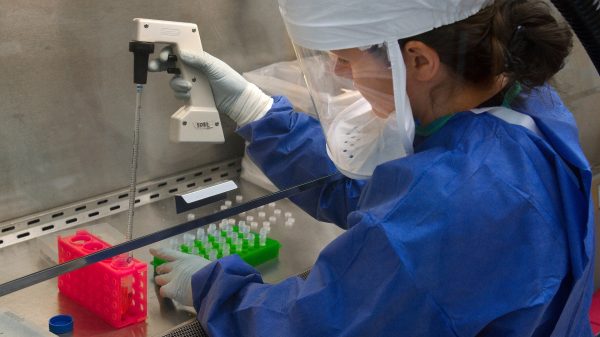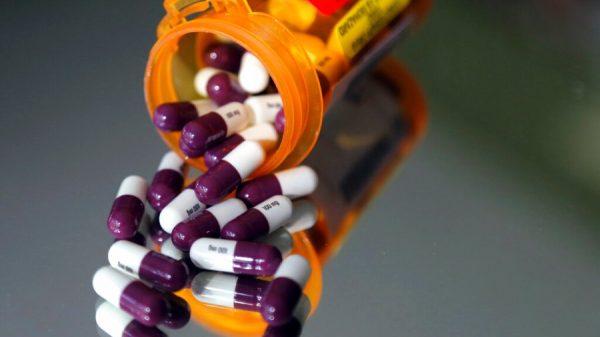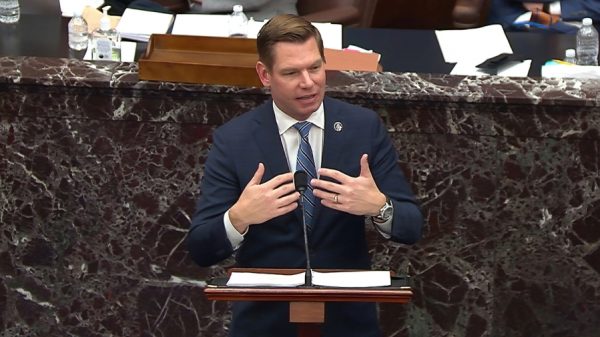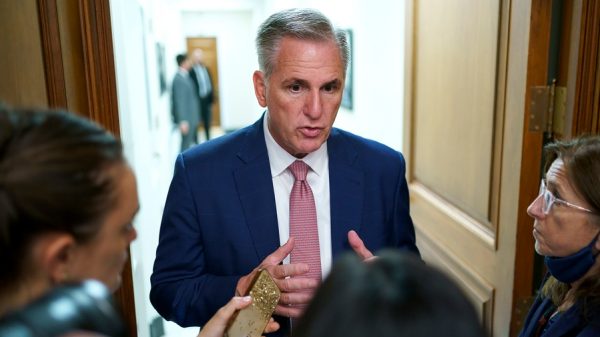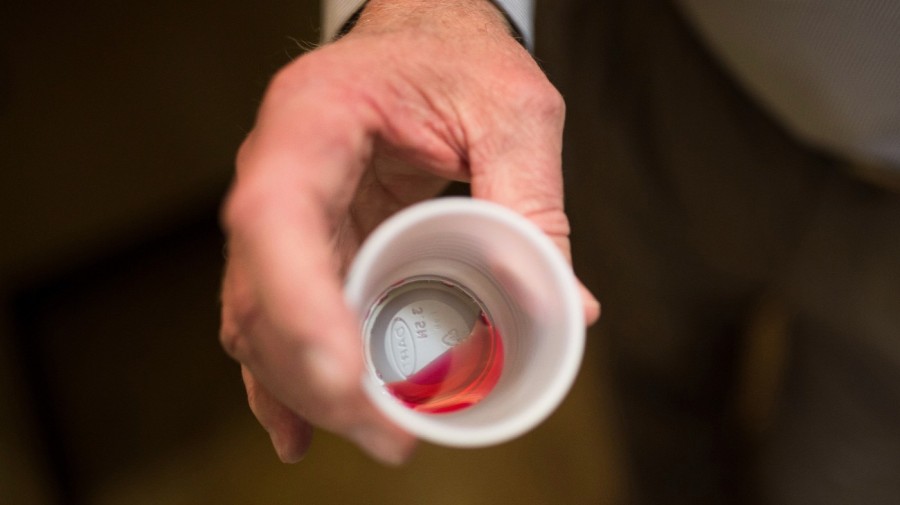A new study published on Wednesday found that the expanded use of telehealth services during the coronavirus pandemic was associated with a reduced risk of opioid overdoses.
Researchers from multiple federal agencies, including the Centers for Disease Control and Prevention, the National Institutes of Health, and the Centers for Medicare & Medicaid Services (CMS) looked at data from more than 170,000 Medicare beneficiaries.
They analyzed receipts for telehealth services and medications for opioid use disorder (OUD) as well as medically treated overdoses.
The study split the observed beneficiaries into two groups — one that initiated OUD care before the pandemic and another that initiated care after the outbreak began.
When the pandemic began, concerns were raised among the medical community that stressors such as the outbreak and the related stay-at-home orders would raise the risk of overdoses individuals with OUD.
The researchers found that beneficiaries in the COVID-19 pandemic group were likely to receive OUD-related telehealth care and were also more likely to receive corresponding medications.
Those who received OUD-related telehealth care were more likely to retain medical treatments for their conditions and had a lower risk of experiencing a medically treated overdose.
“The findings showed that telehealth improved the receipt and retention of MOUD, suggesting that this method of healthcare delivery may address common barriers to OUD-related treatment such as transportation and perceived stigma associated with OUD,” said Carla Shoff, a social science research analyst at CMS.
Despite these benefits, the study noted there were some irregularities in who was receiving telehealth care. Beneficiaries who were Black or lived in the South were less likely to receive telehealth services.
These findings come shortly after a study published in the International Journal of Drug Policy found that the large majority of people with OUD — 86.6 percent — do not receive the treatments they need.





